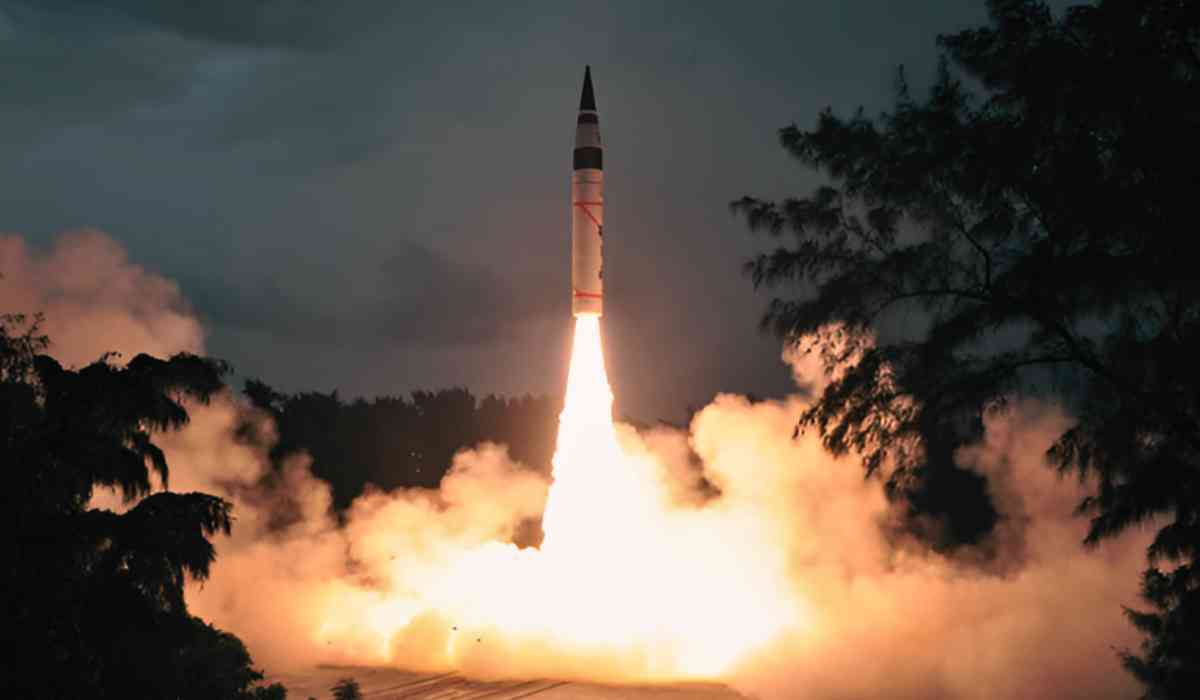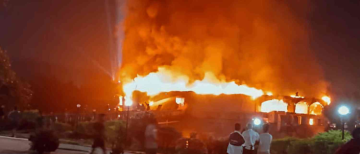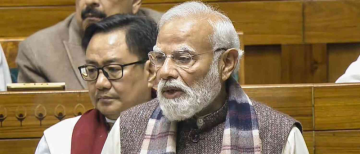India is developing a powerful new version of its Agni‑5 intercontinental ballistic missile (ICBM) designed to strike very deep underground targets. The Defence Research and Development Organisation (DRDO) revealed that this upgraded missile will carry a massive 7,500‑kilogram conventional warhead capable of penetrating thick layers of concrete and earth—up to 80–100 metres below ground—before exploding.
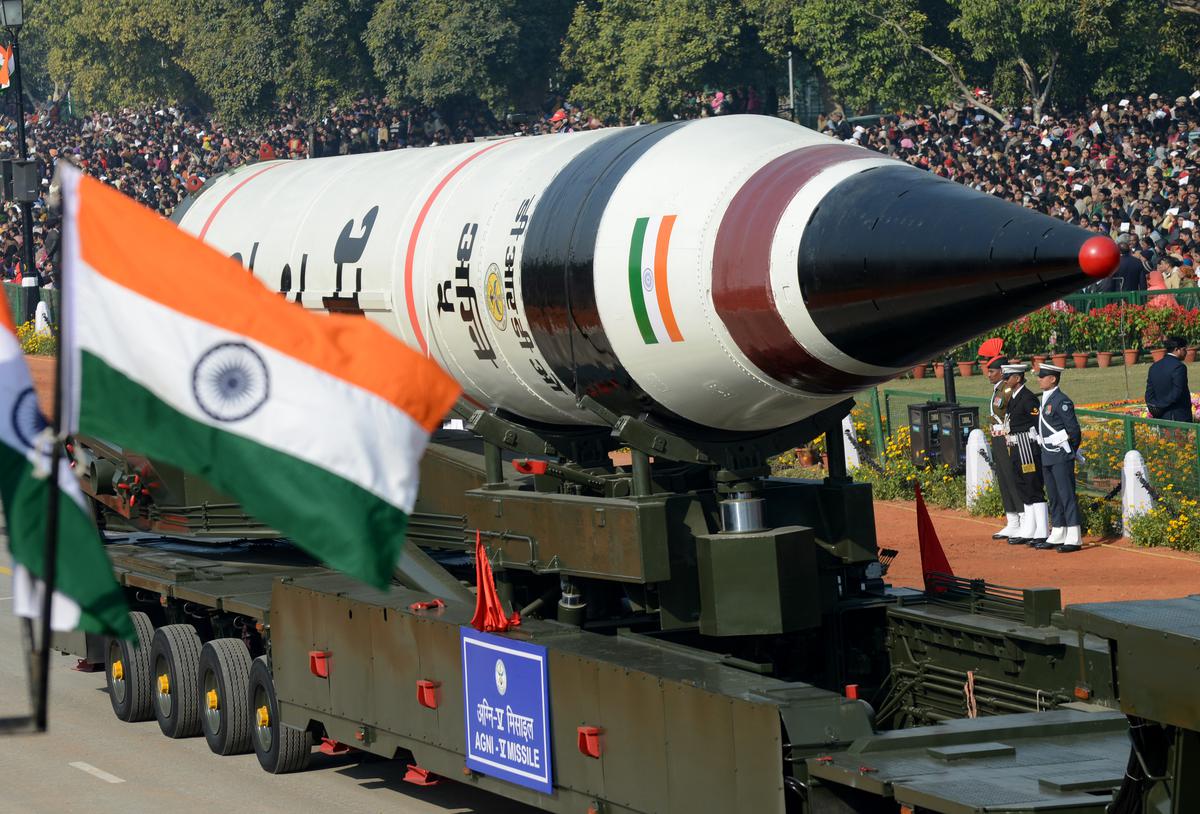
What’s Special About This Missile?
-
Huge Warhead: The new variant carries a 7.5-ton conventional “bunker-buster” warhead—one of the largest outfitted on any missile .
-
Deep Penetration: Designed to smash hardened underground command centers, missile silos, or storage bunkers buried deep in the earth .
-
Hypersonic Speed: Expected to fly between Mach 8 and Mach 20—fast enough to evade many defensive systems .
-
Two Variants:
-
Airburst version for surface or low-buried targets.
-
Deep-penetration version for heavily fortified underground sites .
-
-
Reduced Range: While the standard Agni‑5 can travel over 5,000 km, this variant will have a shorter range of about 2,500 km due to its heavy payload.
Why India Is Building This
This development comes after global interest in bunker-buster weapons rose, especially following the U.S. use of Massive Ordnance Penetrator (MOP) bombs against Iran’s underground nuclear facilities in June 2025. India lacked a similarly powerful tool delivered via aircraft like the U.S., which used B‑2 bombers. Instead, India is opting for missile delivery—more cost-effective, versatile, and quicker to deploy.
In regions like the Himalayas, Pakistan, and China, underground bunkers and fortified structures are common. A missile that can destroy these deep shelters would significantly expand India’s strategic options .
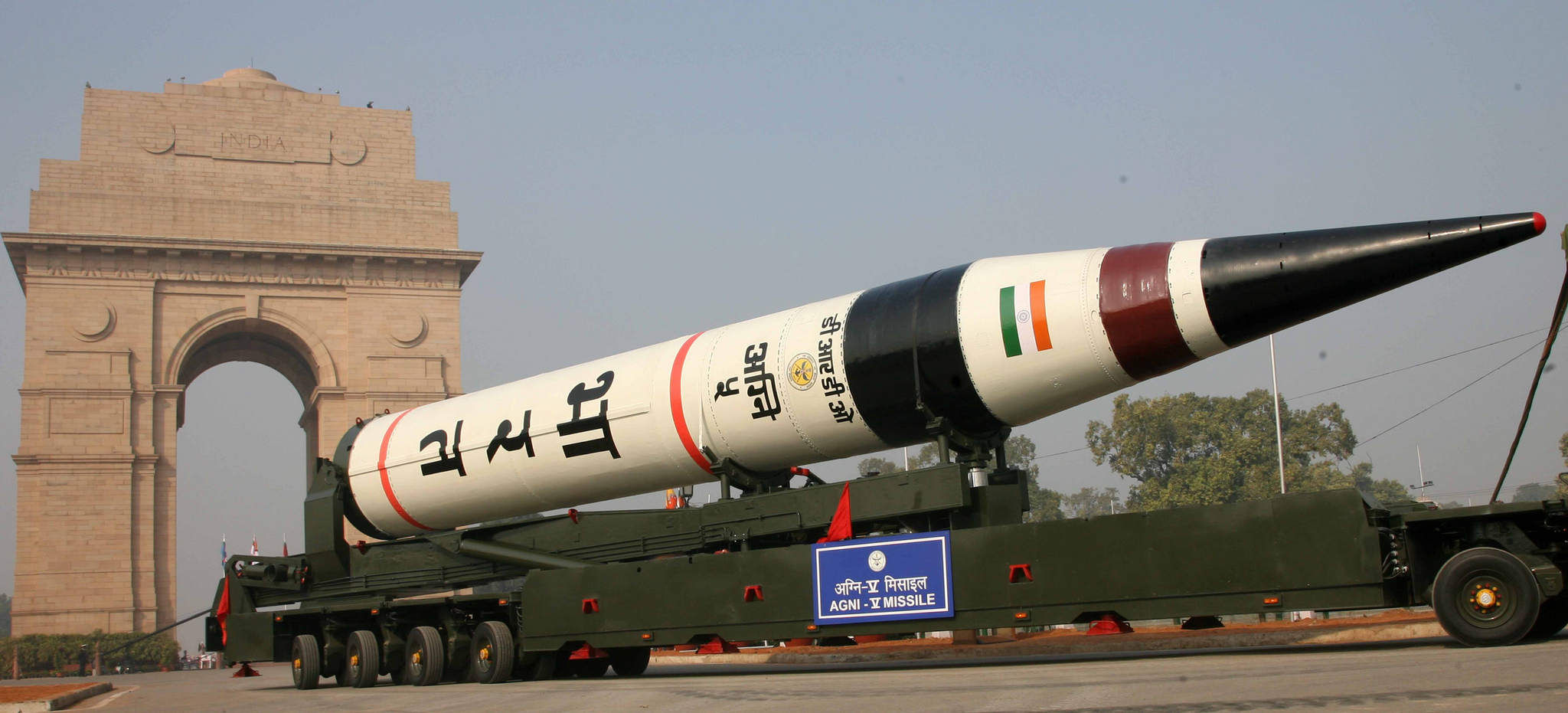
How Bunker-Buster Missiles Work
Bunker-buster weapons are built to crush powerful defenses by penetrating deep before detonating. They use strong steel shells, controlled timing of explosions, and precise navigation. India’s version aims to be accurate within about 10 metres—important when targeting narrow underground structures.
Impact and Perspective
-
Strategic Shift: Adding a deep-penetration conventional weapon to India’s arsenal changes its deterrence dynamics and military planning. It provides options beyond nuclear responses .
-
Regional Implications: Neighbors such as Pakistan and China, which maintain protected underground sites, may now need to rethink their defense strategies .
-
Balancing Act: While the missile enhances national security, it also raises the bar on regional arms development and could trigger responses—like new underground shelters or missile defenses.
Despite the missile's formidable power, its conventional nature means India is not entering a nuclear arms race, but expanding its precision and strategic deterrence.
What’s Next?
The DRDO is moving into advanced development and testing phases. Technical challenges include ensuring the missile’s nose remains intact upon impact, the detonation fuse works correctly at great depths, and navigation systems stay accurate at hypersonic speeds.
Once testing is completed, India may deploy this weapon in its strategic missile forces, giving it a unique capability in South Asia and beyond.
This weapon is neither good nor bad on its own—it’s a tool. For India, it fills a gap in precision-strike capability. However, it may influence neighboring countries’ defense policies, potentially accelerating an arms build-up underground. The larger context includes global trends of deep-strike military tools, as illustrated by recent U.S. actions. In a world where underground shelters are common, having a way to reach them can alter military balance—but it can also drive new defenses.

Bottom Line
India’s new Agni‑5 bunker‑buster marks a major step in defence technology. It offers deep-target strike power, rapid missile delivery, and adds flexibility to India’s strategic options. Yet, its emergence also prompts important questions about regional security, deterrence, and whether similar responses will follow from neighboring nations. As India moves forward with testing and possible deployment, the effects on military strategy and regional stability will unfold—bringing both capabilities and responsibilities.
With inputs from agencies
Image Source: Multiple agencies
© Copyright 2025. All Rights Reserved Powered by Vygr Media.

